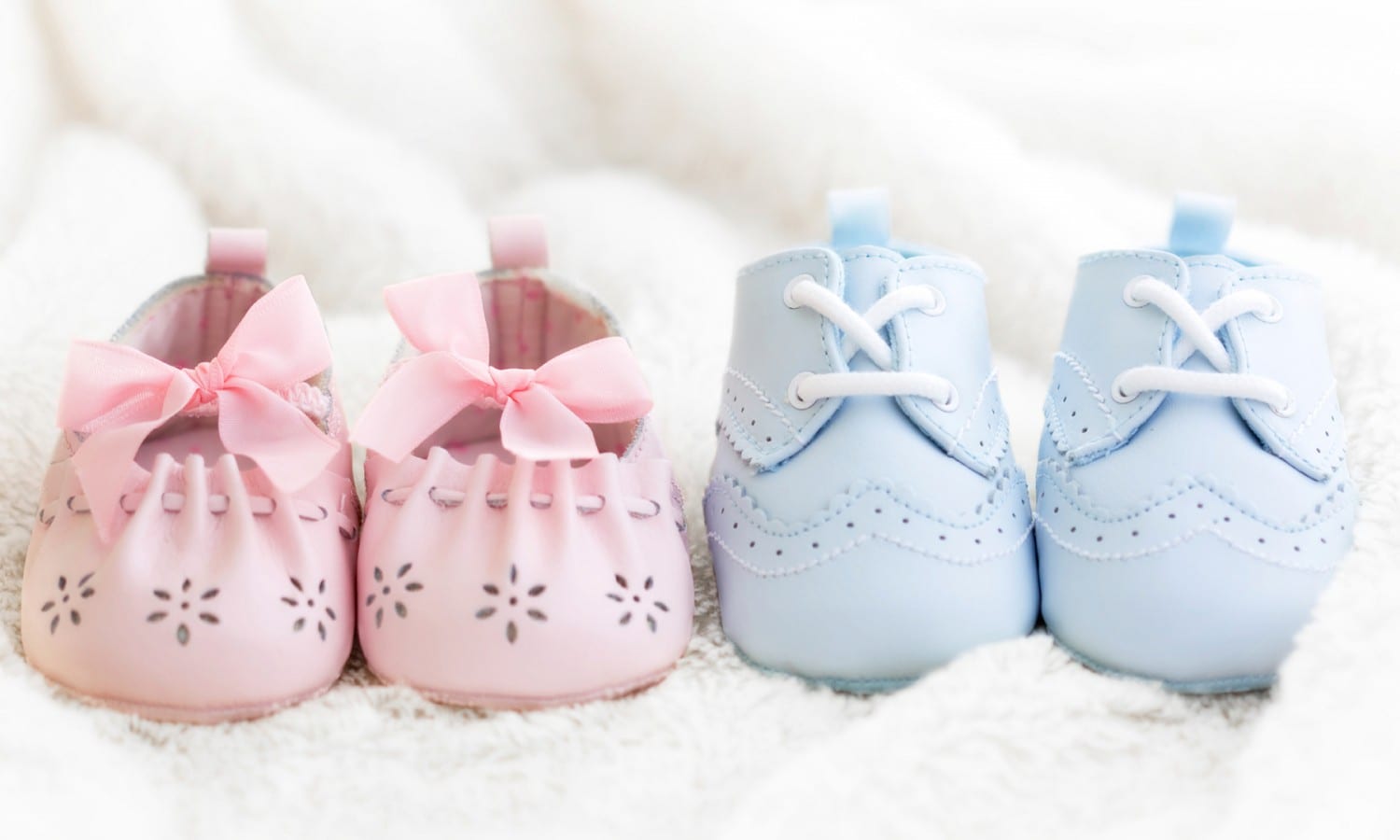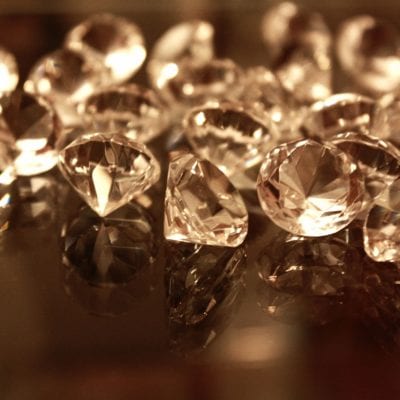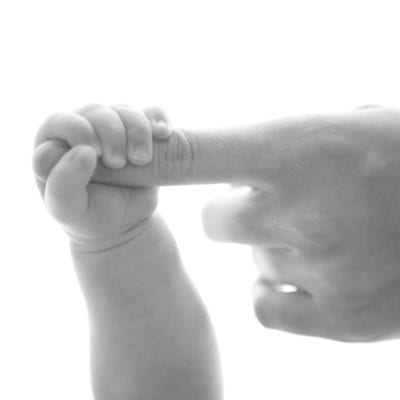We are More than the Colours We Wear
A few weeks ago, I read an article here on The Glass House written by Lady Lolita and it really chord a note with me. Although her article “Don’t Brand My Baby” focused more on branding your child with gender appropriate slogans on clothing, it got me thinking about gender neutrality and when and why we become socially aware of grouping our children by colour.
Like Lady Lolita, I grew up in the 80’s with the same memories of gender neutral happiness.
I was born in Sweden, a country which is famous for equal parental rights and equality laws. Where Dad is often in charge of the vacuuming and it is not rare to find Mum changing the tyres. I grew up in a home without any specific gender roles and although I owned dolls, so did my brothers. The Lego and Playmobil were evenly shared between us. I grew up loving tractors, trains and climbing trees. I went to a nursery where all the kids where dressed in tracksuits in all the colours of the rainbow. My favourite suit was yellow. I was free to play in mud and kick a football. I had a label-free childhood. As far as I can remember, the UK also endorsed a wide variety of colours back in the good old days, so where did it all go so wrong?
When did the obligatory colour for children with a vulva become pink? And would it really be dangerous to dress little boys in other colours but baby blue?

When I had my daughter I got gifted a pink bouncy chair. I don’t think I gave it much thought – it was a cute chair. It didn’t really mean anything until my son came along and I took my pink bouncy chair out of the attic and placed my son in it.
Considering all the awful things happening in the world, you would think that the colour of my baby boy’s chair should be completely irrelevant. However, after posting pics of my son in said chair, comments stating things like “poor boy” and “did you want another girl” were frequent, I was even warned that I should ‘be careful’ as if this pink chair would magically alter his sexual orientation.
I mean, come on! Do we really believe that the colour we wear defines us and shapes us so completely?
Instead of hiding my head in shame and acutely ordering a new, bluer, bouncy chair from the World Wide Web, I decided to simply not give a shit. Instead I started dressing my son in some of his sister’s cast offs, protesting the absurd notion that pink would harm him- some of the hand me downs were considered “suitable” as my daughter is a huge fan of Spiderman which is reflected in her wardrobe. She also loves dinosaurs.
It seems it is a little more acceptable for a girl to be a ‘tom boy’ or to have a passion for Superheroes than it is for boys to wear pink – the double standards astound me.
I allowed my son to indulge in his love of princesses and I bought him a pink buggy and dolly, which he loves and both are still played with on a daily basis.

My in-laws are desperately trying to accept my “hippy” ideas, but it still makes me giggle that when my mother-in-law occasionally tidies the kids’ toys away, the buggy always ends up in my daughter’s room. But then why wouldn’t it? It is pink after all?!
I find this colour coding of children concerning. Do not get me wrong, I love seeing my daughter dressed up in a floaty dress with cute t-bar sandals, but only if she wants to, otherwise, her choice of outfit generally steers towards her Spiderman onesie.
To another, it may look like I hate the colour pink, however, in reality it is one of my favourite colours, but that is my choice and not one forced on me because I am a female. My daughter loves blue yet I am sure her colour choices will not hinder her in later life.
Lady Lolita mentioned the recent ‘Gap’ advert in her previous article so I hope I am not boring you with my stance. I feel we need to continue to reflect upon it.
Have you seen the advert? The one branding a sweet little girl “a social butterfly” and a clever little boy “a future scholar”?
There is even a picture of one of the smartest people that has ever lived, on said “boys” top; a big, bold striking image of Einstein (unfortunately it looks like whoever designed it could have done with a proofreader as “Einstein” is misspelt), yet the message is clear. We are trying to somehow return to the 1950’s, putting our newest generation into socially conforming boxes with social butterflies (aka housewives) and hostess daughters versus academic, smart, working sons.
Maybe we should also decline our right to vote, since we are clearly refusing to evolve beyond this drivel?
It is not so much the advert that worries me though, it is more the responses to it. Endless comments from mothers stating it is not a “big deal”, that there are “bigger issues” and that it is “just clothes.”
But it is not just clothes. These are labels which we are forcing on our children from such a young age, labels which affect their choices and labels which tell the world what their capability is.
To say that a label does not affect our children is contradictory to the belief many hold, that colours will alter our personality and our sexuality. The same people who say these labels are not damaging, still refuse to dress their children in colours which do not correspond with what colour is deemed socially acceptable if you are a little boy, or a little girl.
Placing a label on a young girl, stating she is beautiful, sweet or a social butterfly is further continuing the belief that these are the personality traits which are desired in a female. With these labels comes more suppression and more inequality. Why can a little girl not wear Einstein’s portrait with pride? Why can a little boy not be a social butterfly or described as sweet? Is it beneficial to continue to force boys to suppress any signs of emotions or vulnerability?

I encourage my son to play in a pink toy kitchen, with his toy vacuum and with his dolly and buggy. Why? Because I want him to grow up to be a man who takes equal part in household chores without considering it “helping” his spouse out. I want him to not only father his children, but to parent them too. I simply want him to consider himself equal.
I want my daughter to grow up knowing she can be whatever she wants, as longs as she works hard for it. I want her to find a partner and joy in a relationship where her voice is heard, a home where labour is divided equally. I simply want her to consider herself equal.
But more than anything, I want her to be able to spell “Einstein” correctly, and to not wear the shirt which tells her that’s way above her ability.
(Note from The Editor: Many thanks again to Sofie for writing for The Glass House. To take a look at other articles Sofie has written for us, you can check out her author page with us here. Not only is Sofie a regular columnist for The Glass House, she also runs her own ‘gentle parenting’ blog. Pop over to thegentlemumblog.com to read more of her musings.)








